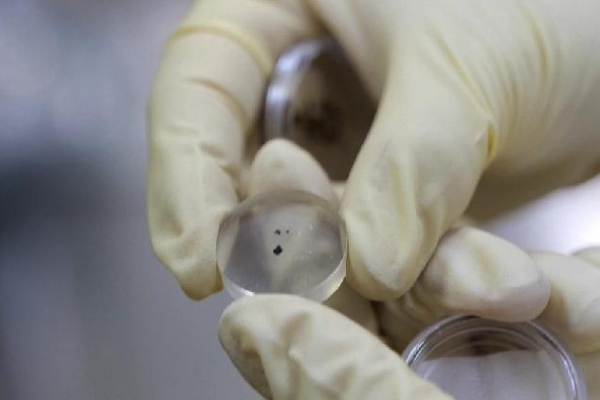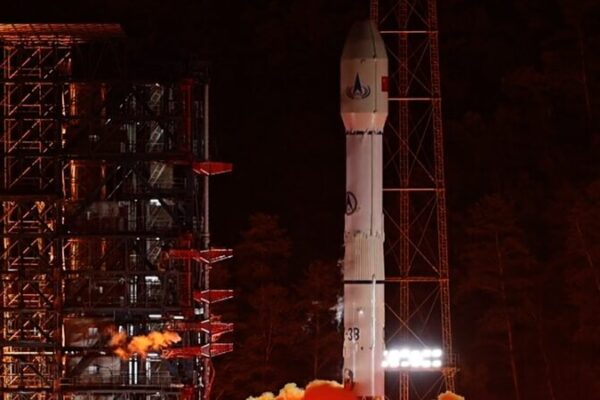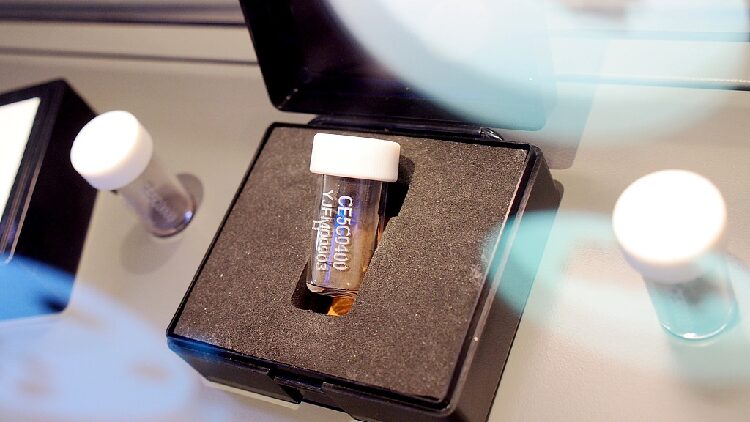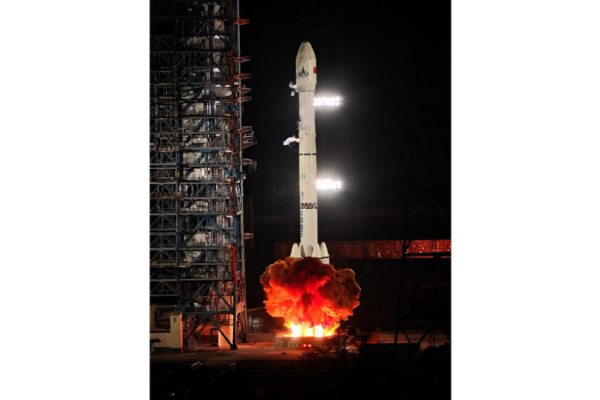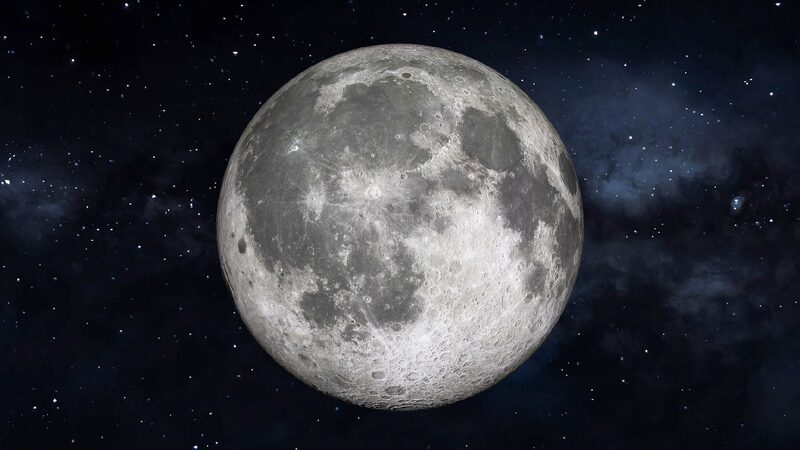Chinese scientists are gearing up for the Chang’e-6 mission, which aims to collect samples from the moon’s far side to unveil the mysteries of the moon’s oldest impact crater, the South Pole-Aitken (SPA) basin.
The SPA basin, located on the far side of the moon, is the largest and one of the oldest known impact structures in the solar system. Formed billions of years ago, this colossal crater holds key information about the early evolution of the moon and the history of asteroid impacts in our solar system.
“The Chang’e-6 mission will be the first to bring back samples from the lunar far side,” said Chen Yi, a lead scientist at the Institute of Geology and Geophysics under the Chinese Academy of Sciences. “By analyzing these samples, we hope to precisely date the SPA basin’s formation and gain insights into the moon’s history.”
The mission plans to touch down in the SPA basin, collecting rocks and soil that could be over four billion years old. These samples may help scientists determine whether the basin was formed 4.25 billion years ago, as some estimates suggest.
Understanding the exact age of the SPA basin is crucial. It serves as a reference point for the lunar cratering chronology, helping researchers establish a more accurate timeline of events in the early solar system.
The Chang’e-6 mission builds on the success of previous lunar explorations. “Our past missions have provided invaluable data,” Chen added. “But the far side of the moon remains a largely uncharted territory. Chang’e-6 will fill that gap.”
For many young people in the Global South, this mission represents a leap forward in space exploration. It highlights international efforts to understand our cosmic neighborhood and inspires a new generation to look to the stars.
The Chang’e-6 probe is scheduled for launch in the near future. As anticipation builds, the world watches eagerly, hoping for groundbreaking discoveries that could reshape our understanding of the moon and our place in the universe.
Reference(s):
Chang'e-6 samples date moon's oldest impact crater to 4.25b years ago
cgtn.com
